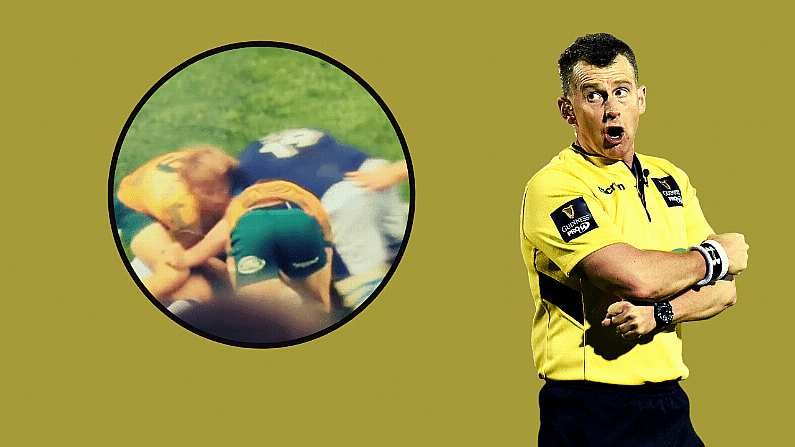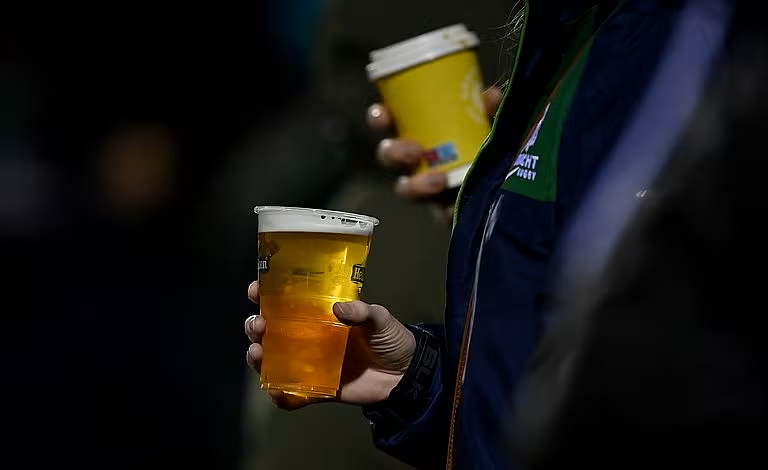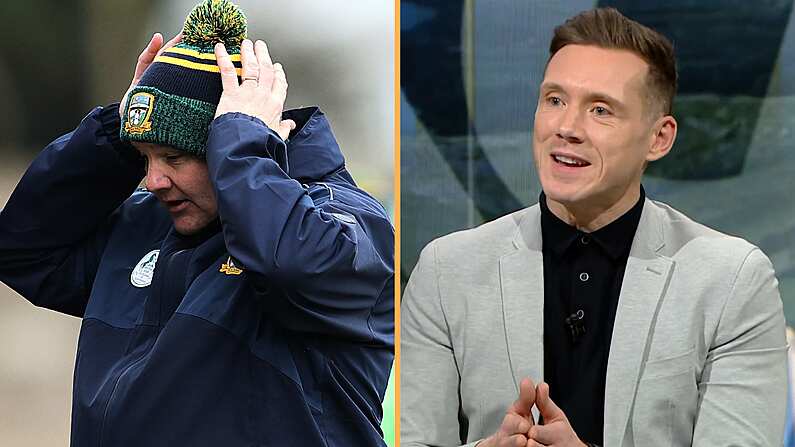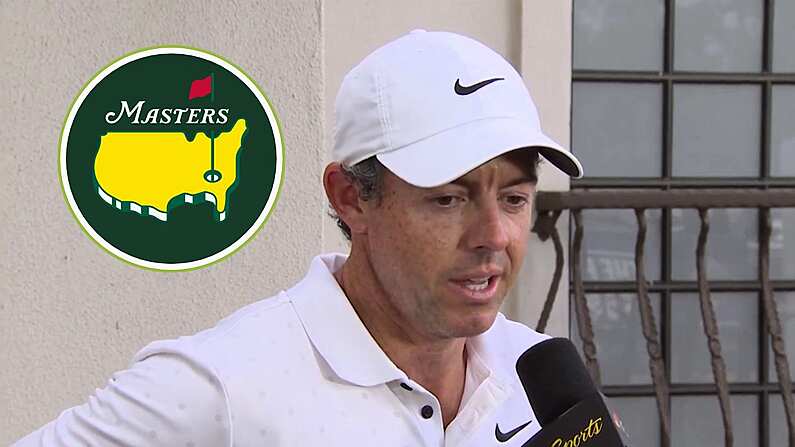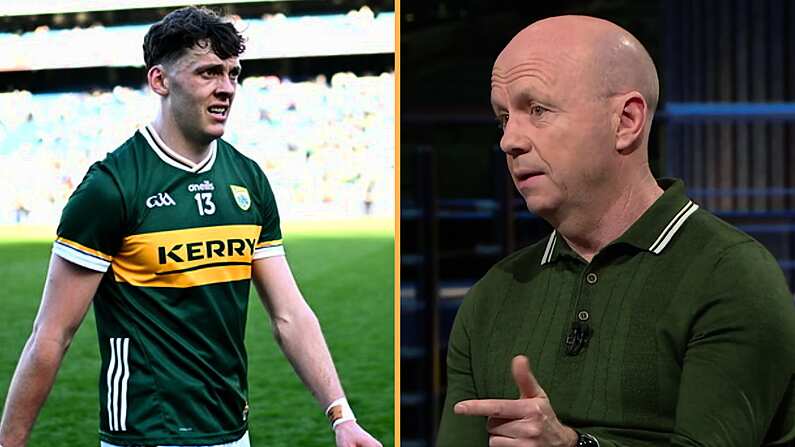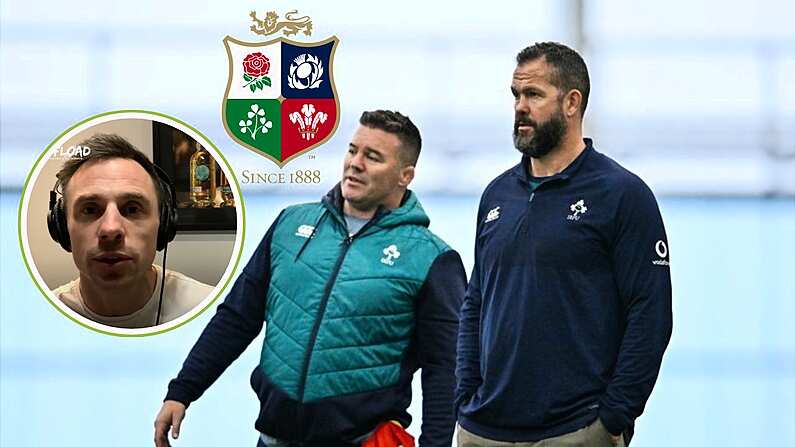At a time when World Rugby is doing all it can to reduce the risk of serious head injuries, it was concerning to see a clear piece of dangerous play go relatively unpunished in the game between Scotland and Australia last weekend.
Glen Young produced a sickening hit on Tate McDermott in the 56th minute of the game as he attempted a clear-out at the ruck.
Somehow, he was only given a yellow card for his actions.
Sums up where rugby is currently at. One is a YELLOW CARD and 10 mins in the bin and the other is a RED CARD and the end of his tour... It's the same picture.@rugby_podcast @BrittMitchell11 #SCOvAUS pic.twitter.com/QLcsya3Bax
— Cameron Marling (@camintweets) October 29, 2022
While Australia would go on to earn a narrow win regardless of the decision, it has caused plenty of debate during the intervening days.
Most felt that this was a clear red card incident and could not understand why referee Luke Pearce did not hand out a harsher punishment.
Nigel Owens was baffled Scotland by yellow card decision
Nigel Owens falls into that camp.
Speaking to the World Rugby twitter account, he said that this was a clear red card as it was a dangerous piece of play with no factors of mitigation on show.
Analysing the big moments and answering your key questions. @Nigelrefowens returns for a brand-new episode of Whistle Watch 💬#WhistleWatch, presented by Emirates. pic.twitter.com/LL8ujn9dC6
— World Rugby (@WorldRugby) November 2, 2022
The clear message here from everybody is that it should be a red card. The player comes in at speed from a distance, he has a clear line of view of where the contact is going to be and he makes contact with the head.
They key thing to remember here is that it shouldn’t differentiate between a bicep and shoulder. Bear in mind, some of the players’ biceps are harder than my shoulders, so that doesn’t play a part in it.
What would play a part if there was mitigation. There was no mitigation in this instance. So there was no last sudden movement by the player, there was nothing that happened last second.
There was plenty of time for this player to readjust what he was doing and to limit that risk of contact with the head. The only thing that should be taken into account here was the degree of danger. Was it a high degree of danger or a low degree of danger?
That’s what would bring it from a red to yellow. But in this instance here, clear sight, high degree of danger, direct contact to the head, and this should be a red card.
Incidents such as this one have been punished with greater frequency in recent years, and considering the coverage last weekend's clear-out received, you'd imagine that it is unlikely that any other players will get away with such an effort over the remainder of the November internationals.
That can only be a good thing for both the spectacle of the game and the health of the players involved.

